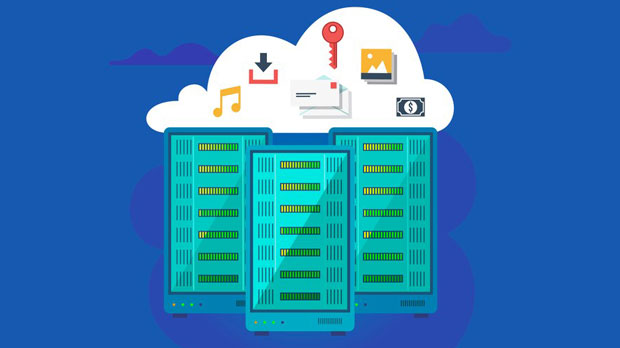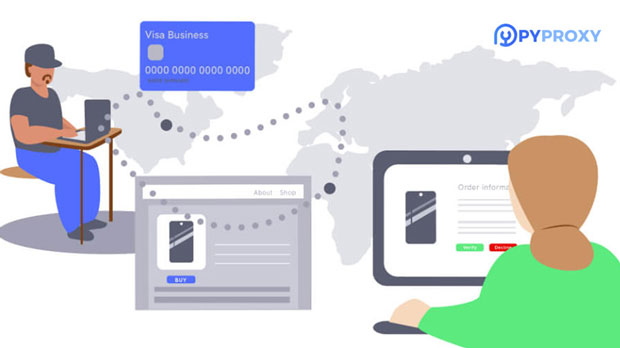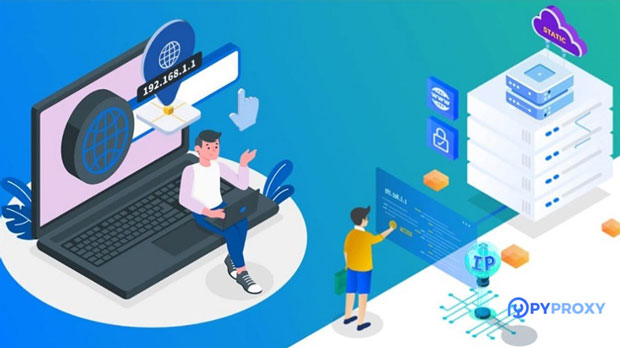The use of proxies in web scraping and browsing has become a necessity for many businesses and individual users who aim to protect their privacy, bypass geo-restrictions, or maintain anonymity while accessing data from the internet. Among the tools available for proxy management, PYPROXY stands out as a versatile option. It is designed to work seamlessly across multiple browsers and crawling tools, making it a popular choice for users engaged in data scraping. This article will explore the compatibility of buy proxy PyProxy across various browsers and web scraping tools, highlighting its strengths and limitations, and providing insight into its practical applications. 1. Understanding PyProxy and Its Core FunctionalityBefore diving into the compatibility analysis, it's essential to understand the core functionality of PyProxy. PyProxy is a Python-based proxy management tool that allows users to manage proxies efficiently. It is particularly useful for automating the process of switching proxies during web scraping or browsing activities, ensuring uninterrupted access to content. The tool supports HTTP, HTTPS, and SOCKS proxies, which are essential for overcoming challenges such as IP bans, rate-limiting, and geo-restrictions. In the context of web scraping, PyProxy plays a crucial role in hiding the user's real IP address, rotating proxies, and managing proxy pools. However, its compatibility with different browsers and crawling tools can vary based on the tool's design and functionality.2. Compatibility with Major Web BrowsersWeb browsers are the primary interface for most internet users. However, for users who need to scrape data or bypass geographic restrictions, browsers must be compatible with proxy tools like PyProxy. Let’s analyze how PyProxy fares across different web browsers:2.1 Google ChromeGoogle Chrome is one of the most widely used browsers, and it has a well-established reputation for speed and performance. PyProxy works efficiently with Chrome, particularly when using Chrome extensions that support proxy management. For instance, tools like Proxy SwitchyOmega, which allow users to control their proxies through a graphical interface, can integrate seamlessly with PyProxy. PyProxy's Python-based design can also be used to configure Chrome’s proxy settings directly via system-level configurations. This provides flexibility in terms of proxy management without additional extensions.However, for users who rely on automation through Chrome's headless mode (used for scraping), it’s important to configure the browser correctly in combination with PyProxy. Chrome’s headless mode can be configured to work with proxy settings through a specific set of Python libraries, such as Selenium or Pyppeteer, which allow automated browsing with rotating proxies.2.2 Mozilla FirefoxMozilla Firefox, like Chrome, is a popular choice for web users who require high privacy standards. PyProxy can be integrated with Firefox using proxy management extensions such as FoxyProxy. This extension allows users to easily switch between proxies, and when paired with PyProxy, it provides a robust solution for users who need to rotate multiple proxies.Firefox also offers the flexibility of configuring proxy settings at the system level, which means that PyProxy can automate proxy switching without additional plugins. The key advantage of Firefox over Chrome, however, is its strong focus on privacy, making it an excellent choice for users concerned with anonymity.2.3 Safari and Microsoft EdgeBoth Safari and Microsoft Edge offer support for proxy settings, but their integration with PyProxy is slightly more complex. While PyProxy does not natively support these browsers as smoothly as Chrome or Firefox, users can still configure system-level proxies to work with them. This method may require a bit more technical expertise, as the user will need to configure proxies at the operating system level and then enable them within the browser settings.Safari, due to its restricted environment, may not offer the same flexibility as other browsers in handling multiple proxy configurations. Similarly, while Microsoft Edge supports proxy settings, PyProxy does not have direct integrations or plugins designed for Edge, unlike Chrome and Firefox.3. Compatibility with Web Scraping ToolsWeb scraping tools typically use proxies to bypass anti-scraping mechanisms like IP bans, CAPTCHA, and rate-limiting. PyProxy’s compatibility with these tools is critical for successful and efficient scraping. Let’s take a closer look at some common scraping frameworks and their integration with PyProxy.3.1 ScrapyScrapy is a powerful web crawling and scraping framework in Python that can handle large-scale data extraction projects. PyProxy integrates seamlessly with Scrapy through middleware, which allows users to rotate proxies automatically as they scrape websites. This integration helps avoid IP bans by frequently switching between proxies, ensuring the scraping process continues without interruption.To use PyProxy with Scrapy, users can add the necessary configurations to Scrapy’s settings file. This allows for the automated rotation of proxy lists without requiring additional steps, making it one of the most efficient ways to manage proxies during web scraping.3.2 BeautifulSoup and RequestsBeautifulSoup, paired with the Requests library, is a popular combination for web scraping due to its simplicity and ease of use. While Requests does not natively support proxy rotation, it can be easily configured to work with PyProxy. By using PyProxy’s proxy pool feature, users can rotate proxies for every HTTP request made through the Requests library. This setup is useful for basic web scraping tasks where complex frameworks like Scrapy are not necessary.BeautifulSoup’s parsing capabilities can be leveraged to extract data once the requests are made through different proxies. The combination of Requests, BeautifulSoup, and PyProxy offers an excellent solution for users looking to perform lighter, smaller-scale scraping tasks.3.3 SeleniumSelenium is commonly used for browser automation and scraping dynamic content from websites. PyProxy is compatible with Selenium, but it requires additional setup. For instance, users can pass proxy settings to the Selenium WebDriver to control the browser’s IP address during each scraping session. By combining Selenium’s ability to control browsers with PyProxy’s proxy rotation, users can automate web scraping tasks while maintaining anonymity.One of the most effective ways to use PyProxy with Selenium is by configuring Selenium to use a proxy manager, which controls the IP rotation between requests. This setup is particularly useful for scraping websites with stringent anti-scraping measures, such as CAPTCHA or IP-based blocking.4. Key Challenges and LimitationsWhile PyProxy offers robust compatibility across various browsers and scraping tools, there are a few limitations to consider. The most significant challenge is its integration with certain web browsers like Safari and Microsoft Edge, which may require additional configurations or third-party tools. Furthermore, for users engaging in large-scale scraping operations, the management of a proxy pool using PyProxy can become complex, particularly when dealing with a vast number of IP addresses.Additionally, as PyProxy relies on Python, it may not be suitable for users who prefer other programming languages or scraping tools. Despite these challenges, PyProxy remains an excellent tool for managing proxies efficiently across multiple platforms.In conclusion, PyProxy offers solid compatibility with major web browsers like Google Chrome, Mozilla Firefox, and scraping tools such as Scrapy, BeautifulSoup, and Selenium. While it may require additional configurations for browsers like Safari and Microsoft Edge, its overall versatility and ease of integration make it a valuable tool for users engaged in web scraping or browsing with privacy concerns. By leveraging PyProxy’s proxy rotation features, users can optimize their online activities, ensuring uninterrupted access to content and enhanced anonymity across different platforms.
Oct 24, 2025



































































